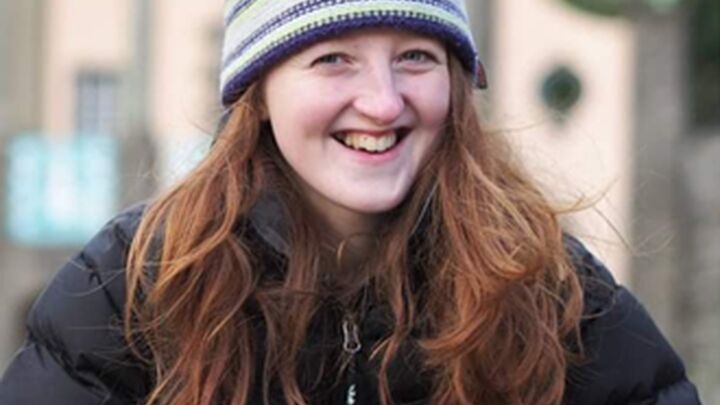I recently started working with the Community Energy Wales team as a Research and Policy officer. It was back in 2015 when I was feeling a bit sleepy in an energy policy lecture towards the end of an afternoon, that community energy grabbed my attention. The lecturer was talking about the idea of an energy mix and his diagram illustrated a range of renewable energy generation types and scales, from household PV to large scale windfarms. In the middle of the diagram was a community level playing an active role in shaping the energy system, ranging from Scottish micro-hydros to solar PV on a village hall in Devon. This wasn’t something I’d come across before, it sparked my interest and I’ve been taking notes of all things community renewable ever since! I’m still learning about this small but mighty sector in the UK, especially in Wales.
It seemed to me that community energy was well suited to Wales with its local communities embedded in a steep and rugged landscape, close to abundant natural resources with its many mountains and rivers. Thinking back to growing up in Snowdonia, on the side of the Carneddau mountains with many windswept mountain walks and then living in the Peris valley and swimming in Llyn Padarn – it’s been good to experience the variety of Welsh weather, from rain and hail to occasional sunshine!
More recently it’s been great to see community hydros in the Ogwen and the neighbouring Peris valley, with people coming together to generate both renewable energy and local income, as well as making good use of all that Welsh rain! The word ‘ynni’ (energy in Welsh) used in Ynni Padarn Peris and Ynni Ogwen, links the projects to the Afon Ogwen and Afon Goch in the Peris Valley, and indicates the close relationship between people and place in community energy projects. It shows how we’ve been using the local environment over time, with the hydro technology historically linked to the slate quarries now being used to support community renewables projects. They harness local resources powering the community hydro and empowering local communities by retaining local benefit.
After a few more lectures and finishing my MSc in Climate Change I came back to Wales, and I was lucky to be able to follow these ideas and my interest in environmental issues and renewable energy in Welsh communities. This was through funding for a PhD from KESS2 at Bangor University and working in partnership with Ynni Padarn Peris. This focused on ‘Energised Welsh communities’, exploring not only the generation of renewable energy but also a wide range of social impacts coming out of these projects.
As part of the PhD, it was great to work with a range of projects, that involved people taking time to have many ‘panads’ and chats about renewable energy projects in their local community. This included being welcomed by volunteers working on maintaining hydros in North Wales as well as walking up to see wind turbines in South Wales. Overall, the PhD highlights the added value of community led and owned renewable projects in producing social impacts alongside kWh. Local decision-making, building confidence and sense of local ownership and control are some of the themes that arise within community energy. It also engages people, by grounding what are often abstract global environmental issues in a locally relevant way through educational initiatives around community renewables.
With the new post and this new year, I look forward to working with CEW in helping to develop our understanding of the opportunities and challenges of the role of Welsh communities, from participating in, and benefiting from, a low-carbon transition.

